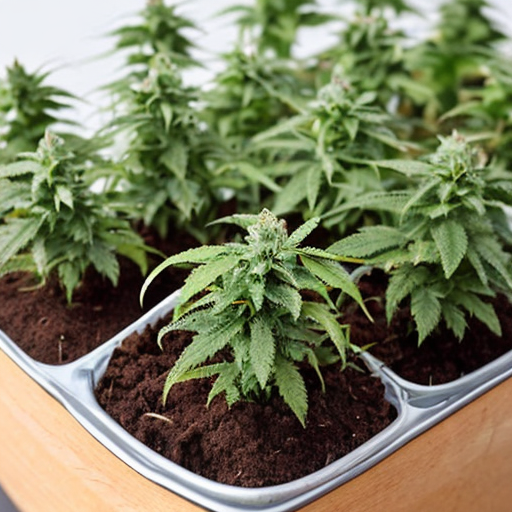Cultivating cannabis can be a deeply rewarding experience, but it also comes with its share of challenges, particularly when it comes to managing pests and diseases.
As any seasoned grower will attest, pests and diseases can wreak havoc on a cannabis crop if left unchecked.
However, with proper prevention, identification, and intervention strategies, growers can effectively protect their plants and ensure a healthy and bountiful harvest.
Prevention is Key
The first line of defense against pests and diseases is prevention. By implementing proactive measures to create an inhospitable environment for pests and pathogens, growers can minimize the risk of infestations and outbreaks.
1. Sanitation: Keeping your grow space clean and free of debris is essential for preventing pest and disease problems.
Remove any dead or decaying plant matter, as it can attract pests and serve as a breeding ground for pathogens.
2. Quarantine: Before introducing new plants into your grow space, quarantine them for a period to monitor for signs of pests or diseases. This helps prevent the spread of infestations to healthy plants.
3. Air Circulation: Adequate air circulation is crucial for maintaining optimal growing conditions and reducing humidity levels, which can create favorable conditions for pests and diseases.
Use fans to promote airflow and prevent stagnant pockets of air.
4. Integrated Pest Management (IPM): Implementing an IPM program involves using a combination of cultural, biological, and chemical control methods to manage pests and diseases.
This holistic approach minimizes reliance on pesticides and promotes long-term sustainability.
Identification and Diagnosis
Early detection is essential for effectively managing pests and diseases. Regularly inspect your plants for signs of damage, discoloration, or unusual growth patterns. Common symptoms of pest infestations include:
- Chewed or damaged leaves
- Yellowing or wilting foliage
- Sticky residue or webbing
- Presence of insects or larvae
Similarly, diseases can manifest as leaf spots, powdery mildew, mold growth, or stem rot. Properly identifying the pest or disease is critical for implementing the appropriate control measures.
Intervention Strategies
Once pests or diseases are identified, growers can implement targeted intervention strategies to mitigate the damage and prevent further spread.
1. Biological Controls: Beneficial insects such as ladybugs, predatory mites, and parasitic wasps can be introduced into the grow space to prey on pest populations and provide natural control.
2. Organic Pesticides: When chemical intervention is necessary, opt for organic pesticides derived from botanical extracts or microbial agents. These products target specific pests while minimizing harm to beneficial insects and the environment.
3. Cultural Practices: Adjusting cultural practices such as watering schedules, nutrient levels, and pruning techniques can help reduce stress on plants and make them less susceptible to pest and disease pressure.
4. Fungal Treatments: For fungal diseases such as powdery mildew or gray mold, sulfur-based fungicides or neem oil can be effective at controlling outbreaks. Ensure thorough coverage of affected areas and follow label instructions carefully.
᠅᠅᠅
Managing pests and diseases on cannabis plants requires vigilance, knowledge, and a proactive approach.
By implementing preventative measures, regularly monitoring for signs of infestation, and employing targeted intervention strategies when necessary, growers can protect their plants and safeguard their harvests.
With careful attention to detail and a commitment to sustainable growing practices, cultivating healthy and thriving cannabis plants is within reach for growers of all levels of experience.
